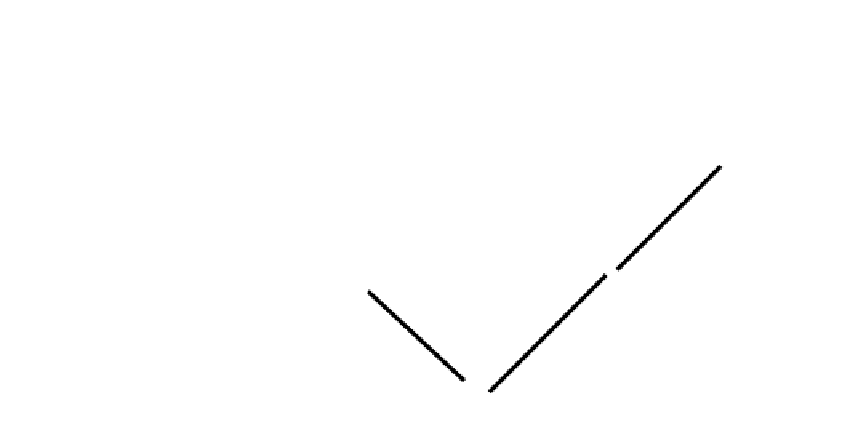Image Processing Reference
In-Depth Information
Digital rights management (DRM) comes into play in several fundamental parts of
the creation and use of digital content.
1. Right to use source material
2. Licenses to use production tools
3. Codec licenses
4. Distribution rights cleared
5. Right to receive content
6. Right to play back content
7. Right to repurpose content
8. Right to engage in peer-to-peer sharing and super-distribution
See Figure 18-1 to see how these relate to each other in the end-to-end food chain.
The numbers in the foregoing list are keys to the illustration.
No system can ever be guaranteed to prevent copying. However, there is increasing
legal protection for content owners to wield if they detect that someone has tried to work
around the protection. The Digital Millennium Copyright Act (DMCA) in the United
States is one such example. Japan also has legislation in place and a number of European
countries will follow in due course.
Nevertheless, content pirates still offer bounties in the order of $10 million or more
for good-quality digital masters of movies, sometimes even before those movies have been
released. That is a lot of money involved and a significant temptation to people working
in the industry to compromise the security. Very few companies would pay that much to
build a secure system let alone implement one on a per-movie basis.
Ingest
source
1
2
Playback
Edit &
compose
Reuse
6
3
7
8
Share
Download
Encode
5
4
Distribute
Figure 18-1
DRM food chain.
















Search WWH ::

Custom Search